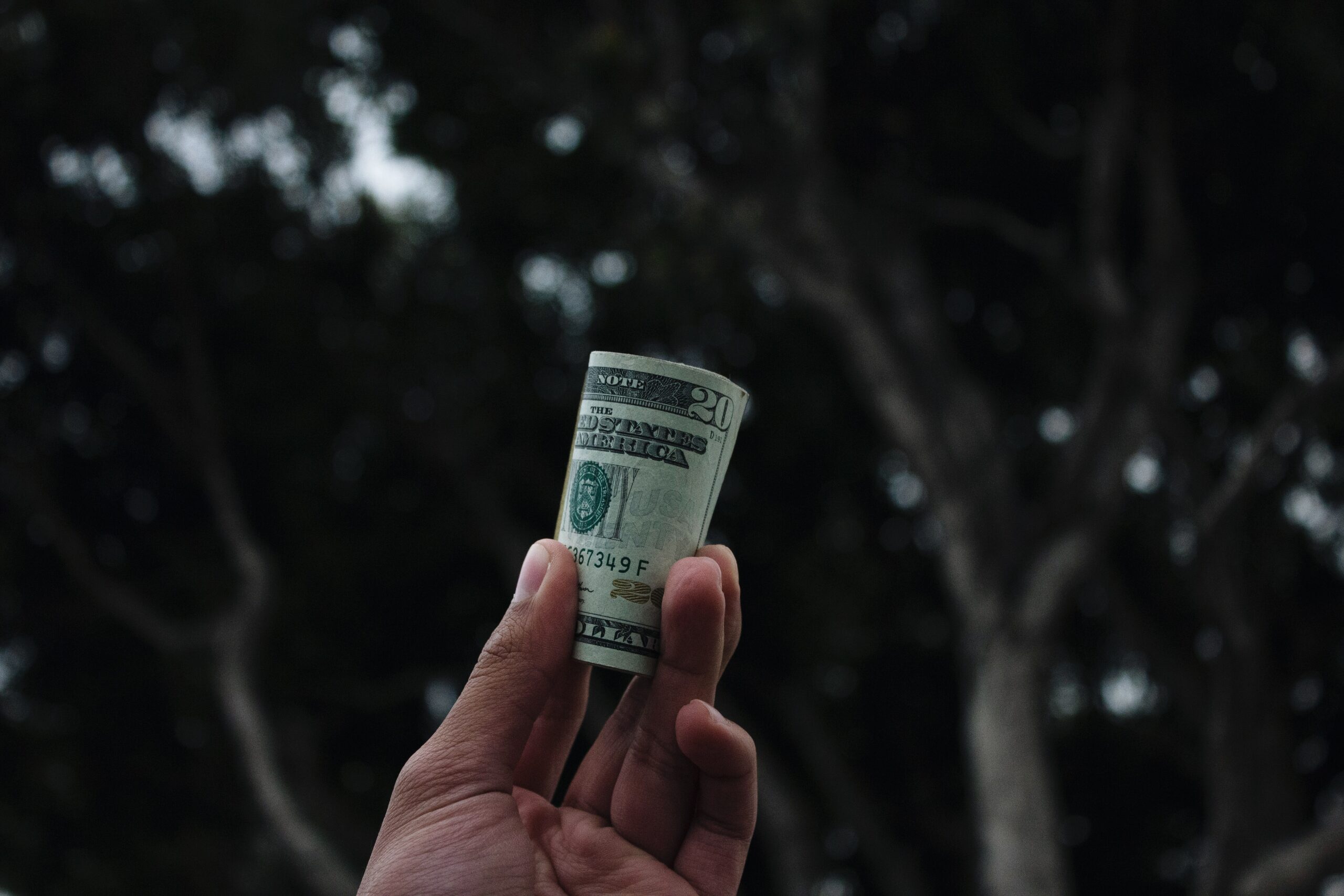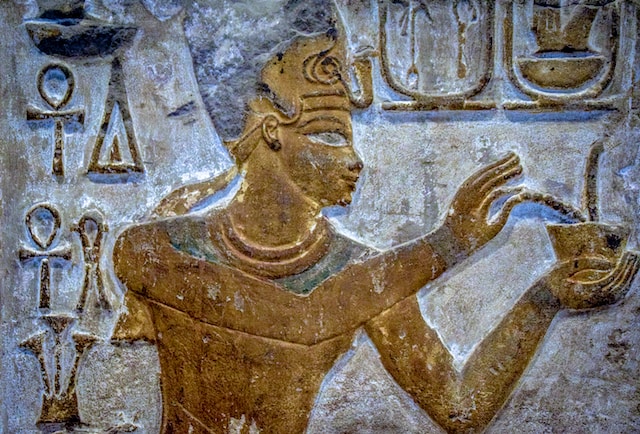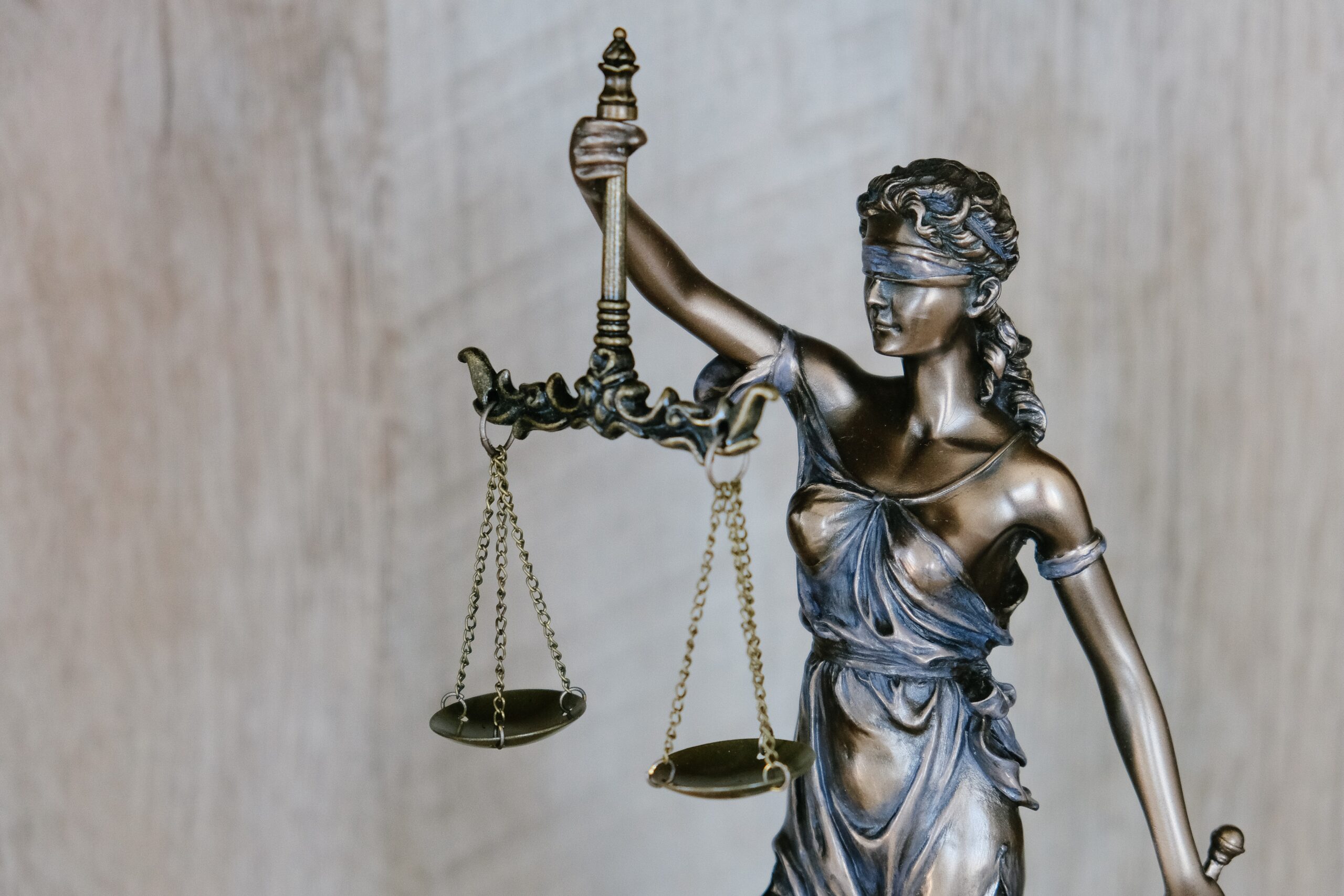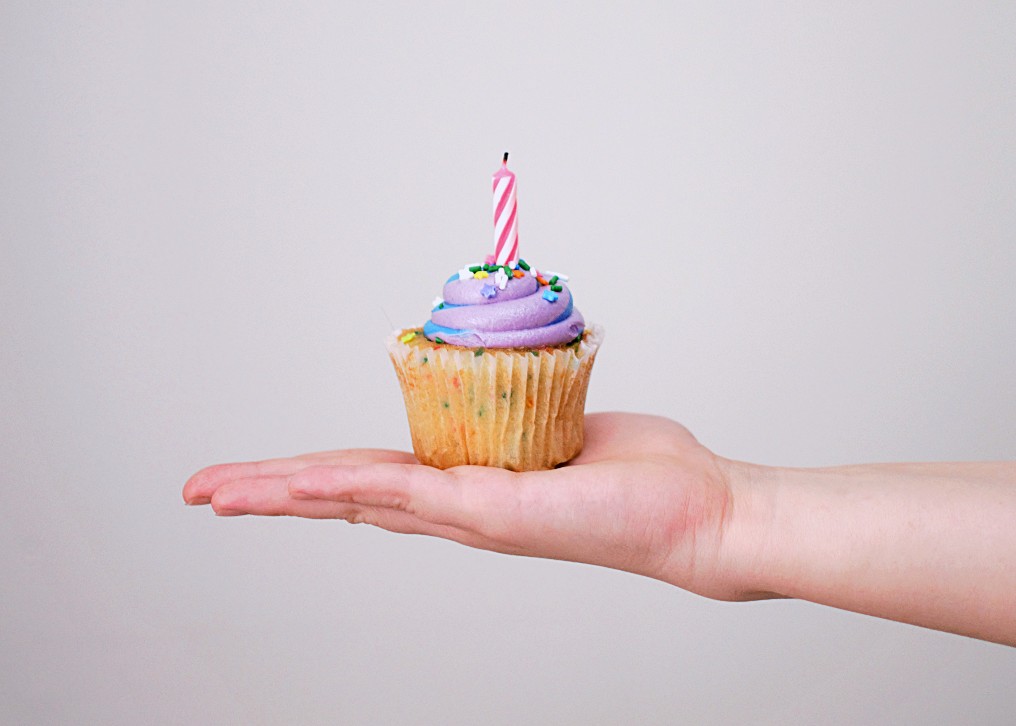“Mutation” is quite a scary word. People are generally aware that mutations are caused by some dangerous things, like radiation, and that they lead to some other dangerous things, like cancer. But there is also another point of view that suggests that mutations are associated with quite natural processes, like aging.
What are mutations?
The main storage of necessary information for the cell is a DNA molecule. The information is encoded in the sequence of building blocks of DNA. Mutation means changes in that sequence; it affects the encoded information and turns it into something misleading. The consequences can be quite unpredictable: some mutations do not matter at all, while others can be fatal for the cell – and for the whole body.
What kind of mutations are there?
Let us pretend that we are cells and trying to read our DNA, like we are reading this text. What would mutations look like?
For example: a deletion can happen, when some pieces are miss…; An insertion of a random extra letter can occur that changes the meaning of the world; Sometimes the entire word is duplicated duplicated!; There are frameshift mutations, when lette rsbeco megroup edin towor dsincorrect ly; We can find inventions – when the texts noitcerid etisoppo eht ni seog…ssing; And if those pieces reappear somewhere else – that is called “translocation”. So as you can see – the information has been thrown into disarray.
What is the difference between DNA damage and mutation?
When it comes to changes in DNA and their role in aging, generally two theories emerge: DNA damage theory and mutation theory. But aren’t these the same?
In short – no. The term “DNA damage” includes all spectrum of things that can affect our DNA, without changing its sequence – unlike mutation. Possible damages include: breaks in DNA, binding of chemicals to DNA, and other similar phenomenons. The DNA molecule loses its normal properties, but the information stored in it is intact. If we go back to DNA being like a text, then DNA damage would be some bad formatting, i.e. too little font or some bad background colour with low contrast letters. The information is there but it is nearly impossible to read.
Another difference is reversibility. There is a complex machinery that recognises and repairs DNA damage; unfortunately, whereas normal text can be reviewed by an editor, who corrects not only bad formatting but also typos and poor word selection, DNA text on the other hand doesn’t have that luxury, so typos, i.e. mutations, stay unnoticed.
As a consequence, mutations are hereditary. If a cell harboring the mutation divides, all the daughter cells will harbor the mutation as well. However, DNA damages are not hereditary.
The interplays and connections between mutations and damages
Nowadays it is believed that DNA damage contributes more to the aging process as a whole, while mutations play an important role in development of diseases. However, this is not a black-and-white situation, since DNA damage and DNA mutation are intertwined.
Firstly, DNA damage repair is not perfect. Sometimes errors can occur, which can lead to mutations. Also, DNA damages can be converted into mutations, if the cell is dividing.
For a cell to divide, it must first make a copy of its DNA. Imagine that you have printed out your DNA text, spilled ink on it, and then gave this text to your colleague to retype it into a computer and print again. The colleague would have a hard time understanding what is actually written in the text, because of the stains. There is a high chance that the re-typed copy will have some wrong words here and there. This is how DNA damages are turned into mutations.
This is also true the other way round: mutations can lead to increased DNA damage; for example, if mutations interfere with the function of DNA repair machinery. In this case, DNA damages will not be efficiently reverted, they will accumulate, lead to cell dysfunction and senescence – and to more mutations.
Mutations and ageing
At this point there is not enough evidence to state that accumulation of mutations is the main reason for us getting old. Probably because it is not the case. But there is evidence that mutations can contribute to the process. So what is their contribution?
Firstly, as mentioned above, mutations can cause accumulation of DNA damage. For example, it was shown that mutation of a certain gene in hematopoietic stem cells leads to increased oxidative stress on DNA and aberrant cell divisions. This mutation is associated with age-related clonal expansion of such damaged cells. To put it simply: the mutated stem cells grow in number and displace the healthy stem cells. Such imbalance can lead to leukemia.
In Drosophilas it was found that some mutations, present in cells from the start, can go unnoticed in the earlier years, but start having negative effects as the flies grow older, thus making age-related problems more severe.
In addition, progeroid syndromes are caused by genetic mutations. Progeroid syndromes are a group of disorders that can be described as premature aging. Different mutations cause different syndromes, but all of them have something to do with DNA repair of DNA protection.
What does this mean in terms of cryopreservation?
All things considered, regardless of mutations or damages, taking good care of our DNA is the essence of health and longevity. Anything we apply in an attempt to stay young should not interfere with DNA integrity. That includes cryonics. If the cryo-hibernation is mutagenic, then there is not much point in it, since our newly-awaken bodies could be prone to accelerated aging and disease development.
As mentioned, even DNA repair stimulating therapy will not help us when it comes to mutation. So surely it is better to preserve what is working instead of relying on possible repairs. DNA preservation is something that definitely needs to be considered by developers of cryopreservation technologies. So, what can we do in the meantime? Use UV light protection, quit smoking, keep a healthy diet, avoid toxic chemicals and carcinogens – and look forward to that next scientific breakthrough that will take us one step closer to eternal life.















